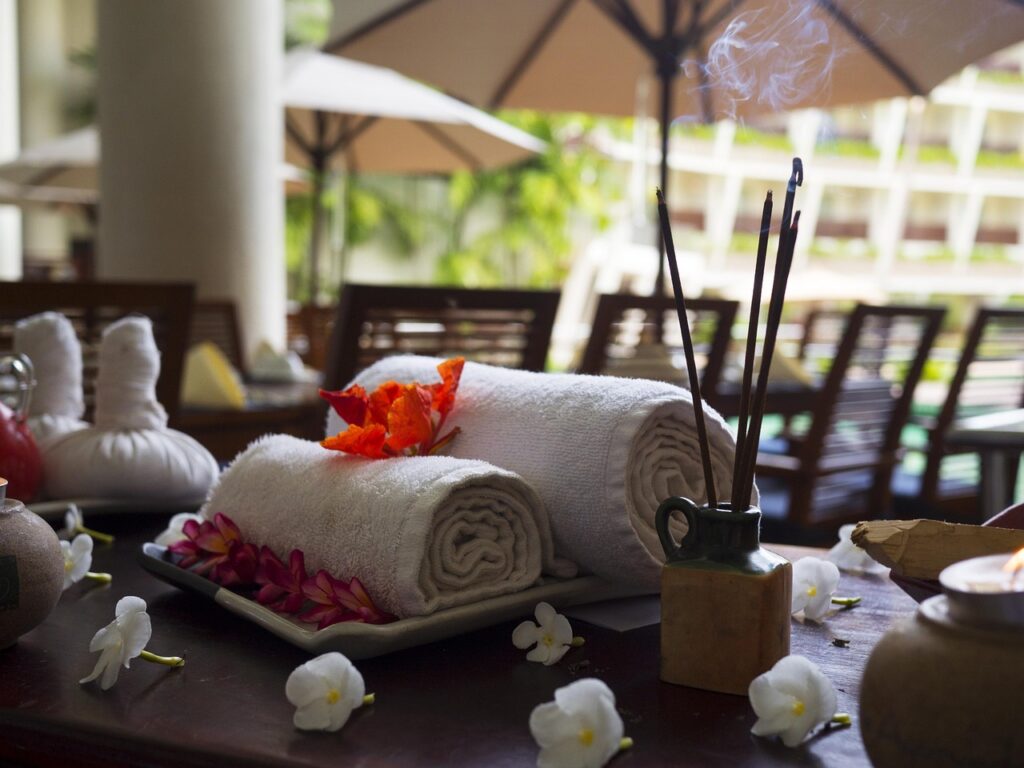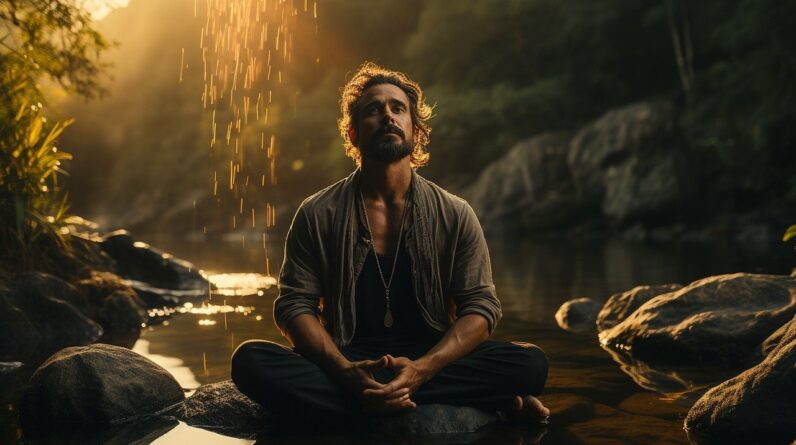Welcome to the world of wellness retreats, where individuals come together to focus on their physical, mental, and emotional well-being. In these serene settings, you’ll find a diverse group of like-minded individuals who are all seeking similar goals of relaxation, rejuvenation, and self-discovery. The group dynamic at a wellness retreat is typically one of support, camaraderie, and positivity, as participants bond over shared experiences, support each other in their wellness journeys, and create lasting connections that extend far beyond the retreat itself. Immerse yourself in this welcoming and nurturing environment, and get ready to be inspired and empowered by the collective energy of your fellow retreat-goers. What Is The Typical Group Dynamic At A Wellness Retreat?
Have you ever wondered what to expect when attending a wellness retreat with a group of strangers? The group dynamic at a wellness retreat can greatly impact your experience and overall satisfaction with the program. In this article, we will explore the typical group dynamic at a wellness retreat and how you can make the most of your time there.

The Importance Of Group Dynamic
Understanding the importance of group dynamic at a wellness retreat is essential for a positive experience. The group dynamic can influence your level of engagement, motivation, and support throughout the program. Being surrounded by like-minded individuals can create a sense of community and camaraderie that enhances your overall well-being.
Fostering Connections
Fostering connections with others at a wellness retreat can lead to meaningful relationships that extend beyond your time together. Sharing experiences, challenges, and successes with fellow participants can create a support system that encourages personal growth and development.
Types Of Participants
At a wellness retreat, you are likely to encounter a diverse group of individuals from various backgrounds, cultures, and life experiences. Understanding the different types of participants can help you navigate social interactions and make the most of your time at the retreat.
The Social Butterfly
The social butterfly is outgoing, friendly, and eager to connect with others. They thrive in group settings and enjoy engaging in conversations and activities with fellow participants. The social butterfly can help create a lively and welcoming atmosphere at the retreat.
The Introvert
The introvert is more reserved, reflective, and private in their interactions with others. They may prefer solo activities or one-on-one conversations over group settings. The introvert adds depth and introspection to the group dynamic, offering a unique perspective on wellness practices.
The Wellness Enthusiast
The wellness enthusiast is passionate about health, fitness, and personal growth. They are enthusiastic about trying new wellness practices, sharing their knowledge with others, and supporting fellow participants in their wellness journey. The wellness enthusiast can inspire and motivate the group to embrace new challenges and goals.

Group Activities
Group activities are an essential component of the wellness retreat experience. These activities are designed to promote teamwork, collaboration, and social connection among participants. Engaging in group activities can help you step out of your comfort zone, build trust with others, and create lasting memories.
Yoga Classes
Yoga classes are a popular group activity at wellness retreats, as they promote physical strength, flexibility, and mindfulness. Practicing yoga with a group of individuals can create a sense of unity and harmony, fostering a deeper connection with yourself and others.
Group Meditations
Group meditations are a powerful way to cultivate inner peace, relaxation, and self-awareness. Meditating with others can enhance the collective energy and intention of the group, creating a supportive and grounding environment for personal growth and reflection.
Team Building Exercises
Team building exercises are designed to promote communication, cooperation, and problem-solving skills among participants. Engaging in team building activities can help you build trust with others, improve your interpersonal skills, and strengthen your sense of community within the group.

Tips For Navigating Group Dynamics
Navigating group dynamics at a wellness retreat can be both rewarding and challenging. Here are some tips to help you make the most of your experience and connect with others on a deeper level:
Be Open-Minded
Approach interactions with an open mind and a willingness to learn from others. Be open to new experiences, perspectives, and ways of thinking that can enrich your wellness journey.
Practice Active Listening
Practice active listening by fully engaging in conversations with others, asking thoughtful questions, and showing empathy and understanding. Listening attentively can help you forge deeper connections with fellow participants.
Participate And Engage
Participate in group activities, workshops, and discussions to demonstrate your commitment to the program and your desire to connect with others. Engaging actively in the retreat activities can help you bond with fellow participants and make the most of your time together.

Conclusion
The typical group dynamic at a wellness retreat can vary depending on the participants, activities, and facilitators involved. Understanding the importance of group dynamic, the types of participants you may encounter, and the role of group activities can help you navigate social interactions and make the most of your time at the retreat. By fostering connections, embracing diversity, and engaging actively in the program, you can create a supportive and enriching experience that nurtures your overall well-being.






